There’s nothing like a good twitter chat first thing on a Monday morning to get the brain into gear.
And there’s nothing like a good twitter chat with some of the best OER people in the sector.
This conversation was triggered by the original post below:
The shear volume of our publicly-funded OER that are no longer available at all is quite staggering. #ukoer #oer pic.twitter.com/Shtef5NQOa
— Viv Rolfe (@VivienRolfe) October 10, 2015
Whilst the #ukoer funding established a number of high quality OER repositories over the period of funding we are now seeing some (not all) of these disappear into the ether.
What makes this particualry worrying is that Jorum (a national OER reposiroty that was also funded during the #ukoer programme) is likey to close (sorry, “retire”) soon. http://www.jorum.ac.uk/retirement/
The twitter conversation focussed on the use/effectiveness of OER repositories (and their vulnerability). The general consensus was that we should probably be looking at a LOCKSS (Lots of Copies Keep Stuff Safe) model where we deposit the items in many places and use tools such as Solvonauts to aggregate and search of the content.
I proposed that Merlot had proven to be a sustainable model for a repository and although I do understand why this might meet with some resistance I thought it useful to outline why it has been particularly effective for me in supporting the development of staff in using OER (recognising also that I do undertand it’s imperfections).
- It has proven to be reliable. In every staff development session I have run, when a member of academic staff says “best you can’t find any resources in subject xxxx” it has almost always provided a learning & teaching resource (not just a picture) which the staff member can actually use almost straught away.
- It’s actually a place that staff feel confident starting to explore OER in. They can search a range of content (some not OER), but using the CC license search helps them to begin to understand that there is a distinction between openly licensed material and copyright material (and that each should be handled in different ways as a teaching resource).
- You can search in many ways. Most importantly you can search by subject area (and level of study). This is in fact one of the key features that has led me to using this repository as a starting point for staff new to OER. In my experience they leave the session with a resource and the ability to find something quickly to supplement their own resources.
- Most staff don’t care whether it’s CC licensed or not – they just want a resource. By using Merlot I can get them to see that there are a variety of resources (and licenses). Although I encourage them to seek out CC license materials what I really want to them to understand that there is a difference between open and closed licensing and how they can (or can’t) use them.
- It’s still there! Merlot started in 1997 & appears to have a sustainable model. I need somewhere I can point staff in the direction of, guide them in searching for OER resources and know they can keep going back there.
I acknowledge that for OER residents (rather than visitors) Merlot is not perhaps the first place to be looking for OER. In more advanced OER staff development sessions we of course explore the broader landscape of OER searching and use. In those sessions we explore Flickr (CC search), Google (CC Search), Xpert, Solvonauts & Jorum, as well as our own institutional OER repository.
But I am in no doubt that in most cases staff want to find out more about OER because Merlot has provided them with resources they actually wanted and can use in their teaching.
What I really want is to point them in the direction of Jorum from day 1, confident that material will be “findable” and actually there. How we acheive that is a good question and will need the community to work together on this to find a solution.
Update: here’s the storify of the original twitterchat: https://storify.com/LornaMCampbell/oer-discussion




Comments are closed